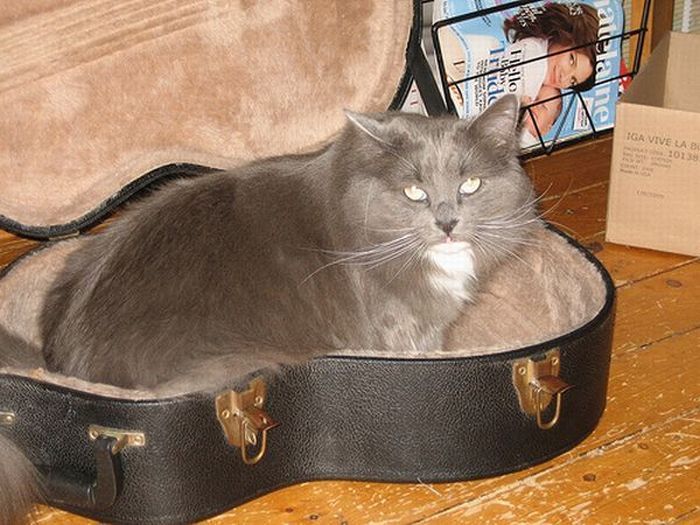|
|
Hiding Cat
|
Some of the same factors that have promoted adaptive radiation of island avifauna over evolutionary time appear to promote vulnerability to non-native species in modern time. The susceptibility inherent of many island birds is undoubtedly due to evolution in the absence of mainland predators, competitors, diseases and parasites. In addition to lower reproductive rates and extended incubation periods. The loss of flight, or reduced flying ability is also characteristic of many island endemics. These biological aspects have increased vulnerability to extinction in the presence of introduced species, such as the domestic cat. Equally, behavioural traits exhibited by island species, such as ‘predatory naivety’ and ground-nesting, have also contributed to their susceptibility.
Domesticated cats
Cats are a common companion animal in Europe and North America, and their worldwide population exceeds 500 million. In 1998 there were around 43 million cats in Western Europe, 33 million in Eastern Europe, seven million in Japan and three million in Australia. A 2007 report stated that about 37 million US households owned cats, with an average of 2.2 cats per household giving a total population of around 82 million. This is slightly more than the 72 million pet dogs in that country. Although cat ownership has commonly been associated with women, a 2007 Gallup poll reported that men and women were equally likely to own a cat. The ratio of pedigree/purebred cats to random-bred cats varies from country to country. However, generally speaking, purebreds are less than 10% of the total population.
|
|









